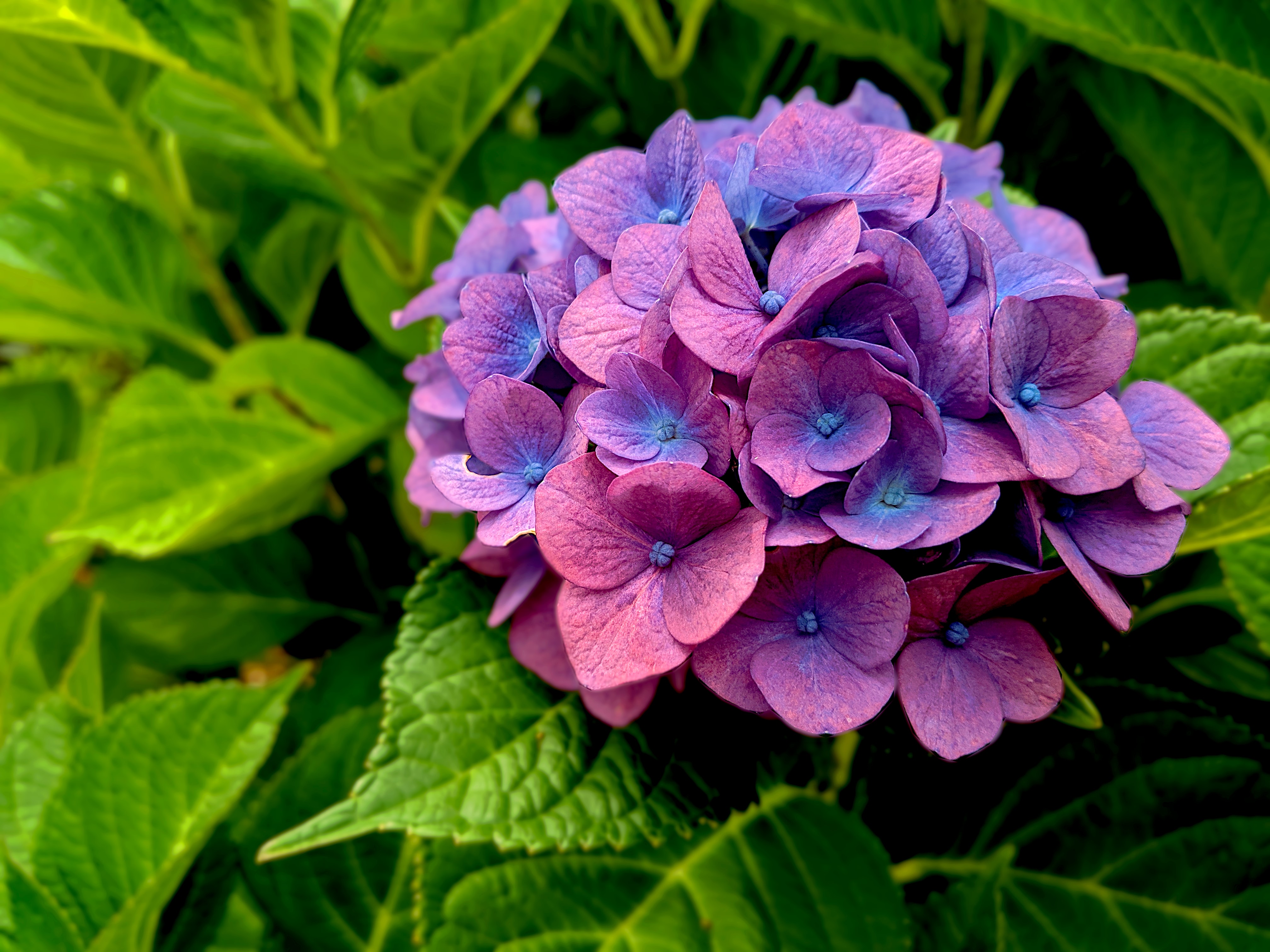
Often the blooms remain attractive even after they have faded, adding interest to the garden, even in winter. They also make excellent flowers for cutting.
The good news is that they are easy to grow, both in pots and in the open ground. All they need is the right situation, plenty of water in dry weather and occasional feeding with the right fertiliser; one that is formulated to bring out the best in them.
Planting hydrangeas
Pot grown hydrangeas can be planted at any time of year, in the open ground or in pots and containers using Vitax John Innes compost. Choose nice big pots that will allow the plants to grow happily for several years. Small containers dry out too quickly.
When planting in the open ground prepare the soil well, adding plenty of garden compost or organic manure to improve the soil structure. A few handfuls of 6X Natural Fibrous Fertiliser forked well into the soil is ideal to boost the humus content of the ground which helps with water and nutrient retention in future years.
Add a handful or Vitax Hydrangea Feed to the soil, or compost if growing in a pot, when planting. This provides all the essential nutrients for healthy growth and beautiful blooms.
Situation
Most hydrangeas will grow in an open sunny situation, but prefer light shade. They grow on most soils and thrive on heavy clay. This means they are ideal for most new-build gardens and wet, compacted soils. As the name suggests they like plenty of water, so adding organic compost or organic manure regularly helps to hold on to moisture. Mulching the ground around the plants with compost or bark early in the season when the soil is moist also helps to retain moisture. Do this after their annual application of Vitax Hydrangea Feed.
Keeping blue hydrangeas blue
The mophead and lace cap hydrangeas, varieties of Hydrangea macrophylla, are the best known and offer the widest colour range. Their flowers often change colour during the season and the colour of some varieties is affected by the soil. Some are pink in alkaline conditions and blue on neutral to acid soil. To maintain the blue colour you can use Vitax Hydrangea Colourant, added to the soil when planting or to the growing medium in a pot. It can also be diluted in water and watered on to established plants. This should maintain the colour, but be patient. It does not always work instantly.
